Livraison offerte dès 79€ d'achat !
Nouveautés : Les Infusions, les Ultrasons et les Upcycling !
Livraison offerte dès 79€ d'achat !
Nouveautés : Les Infusions, les Ultrasons et les Upcycling !
First of all, don’t confuse geraniums with roses.
Don’t tell him it resembles a rose, even if the two fragrances are the same.
Don’t tell him it’s a world traveler, he’ll tell you it comes from southern Africa.
But above all, don’t ever tell him he’s commonplace, even though there are over 500 different species.
We prefer to brush it in the direction of the hair, or rather of the stem, so that it reveals its formidable properties.
A member of the Geraniaceae family, it is now found all over the world: first in China, then in Egypt, Morocco, Italy, Spain, Reunion Island and Madagascar.
But make no mistake, all these geraniums can be extremely different.
A perennial plant and symbol of immortality for the Celts, its name comes from the Greek geranos, meaning “stork”, in reference to its fruit, which is shaped like a wader’s beak.
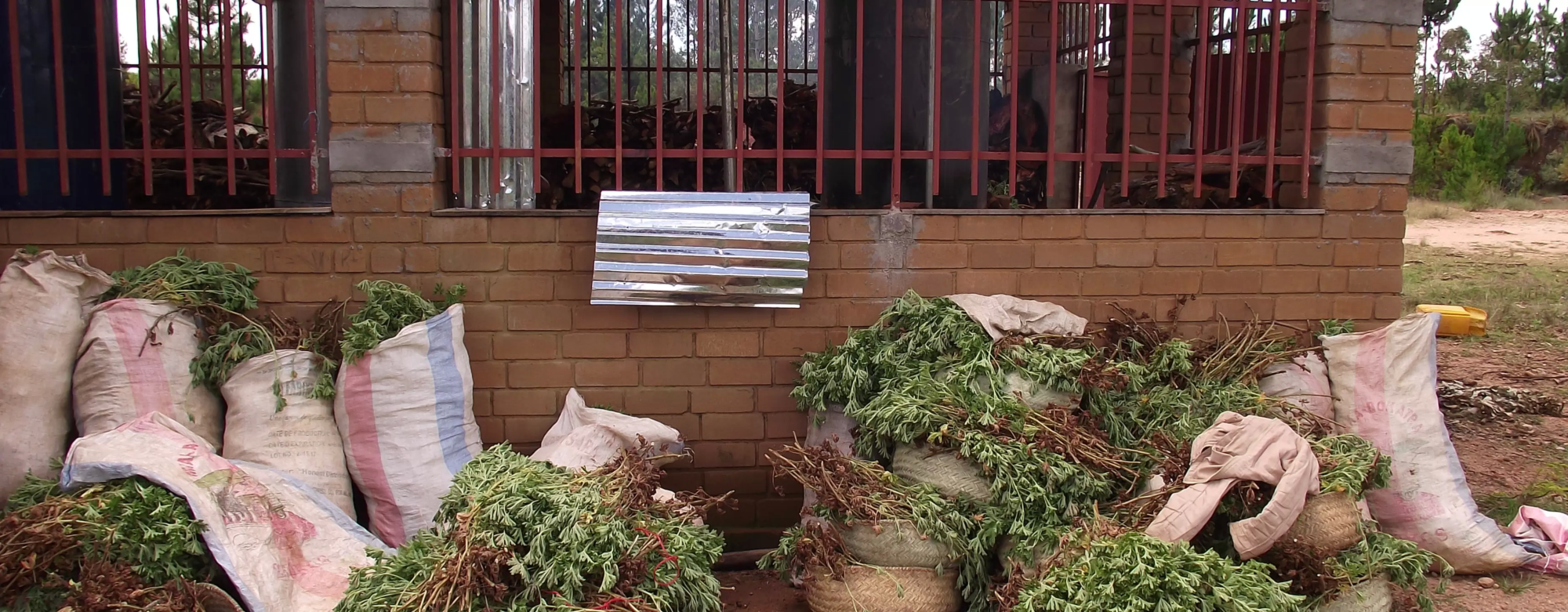
Like roses, jasmine and lavender, geraniums have long been grown in the Grasse region, famous for its tradition of cultivating perfume plants.
More specifically, the Geranium Rosat or Pelargonium Graveolens.
Its cultivation began in the 19th century.
Originally, the idea was to replace the real Damask rose (Rosa Damascena), whose production was becoming rare and excessively expensive.
Particularly appreciated for its flowery, rosy notes, between finesse and sweetness, it quickly became indispensable.
The Geranium is a great frileux.
As it cannot withstand frost, growers in Grasse have to replant new strains every year.
For this reason, it was quickly planted on the island of La Réunion (as early as 1870), from which it takes its name Géranium Bourbon.
Cultivated on the high plateaus at altitudes of over 800m on rich soils, it finds optimum conditions to develop and produce an essential oil of exceptional quality.
It is precisely this geranium that we have chosen to source since 2013.
It is now grown on the island of Madagascar, more specifically in the Antsirabe region, and is the subject of a sustainable development chain administered by the Coeur de Forêt association .
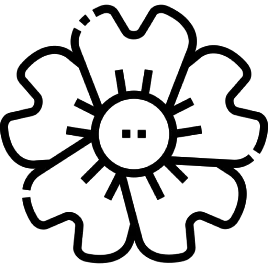
Traditionally, Geranium Rosat has been grown in the Mediterranean basin, China, Reunion Island and many southern African countries (including South Africa and Madagascar).
Particularly in regions with mild temperatures (no frosts).
It measures between 60cm and 1m50 and grows on draining soils moderately rich in humus.
For its cultivation as an aromatic plant, it is generally pruned to a maximum height of 80cm.
In addition, this perennial loves sunbathing and thrives in clearings particularly exposed to light.
It also enjoys drinking plenty of water, but only in spring and summer.
Finally, its leaves and flowers are harvested between April and October.
The Cœur de Forêt association is developing the Geranium Bourbon sector in the Antsirabe region of Madagascar.
This crop is part of an in situ experimentation project covering several hectares, which aims to optimize agroecological production techniques.
While adapting to the local pedoclimatic context.
The project is divided into 4 key practices.
First, there are associated crops, or the combination of several aromatic plants on the same agricultural plot.
Then there’s agroforestry, which, by integrating wildlife and trees into this microcosm, helps optimize resources while creating an environment conducive to biodiversity.
Next, organic fertilization, i.e. the application of only organic fertilizers.
Finally, the use of ramial fragmented wood (BMR) to add carbon to the soil.
Freshly cut geranium leaves are then steam-distilled to obtain an essential oil rich in citronellol and geraniol.
Everything is done on site, in infrastructures entirely financed by the association (still, well, water pumps, etc.).
Note that yields are very low, and it takes an average of 500kg of leaves to obtain 1 liter of the precious liquid.
Every year, several hundred kilos of oil are produced and sold at prices indexed to the real cost of living, so that the farmers are fairly rewarded for their work.
This project has been a complete success, and today enables us to offer you an essential oil of geranium bourbon of exceptional, if not unrivalled, quality.
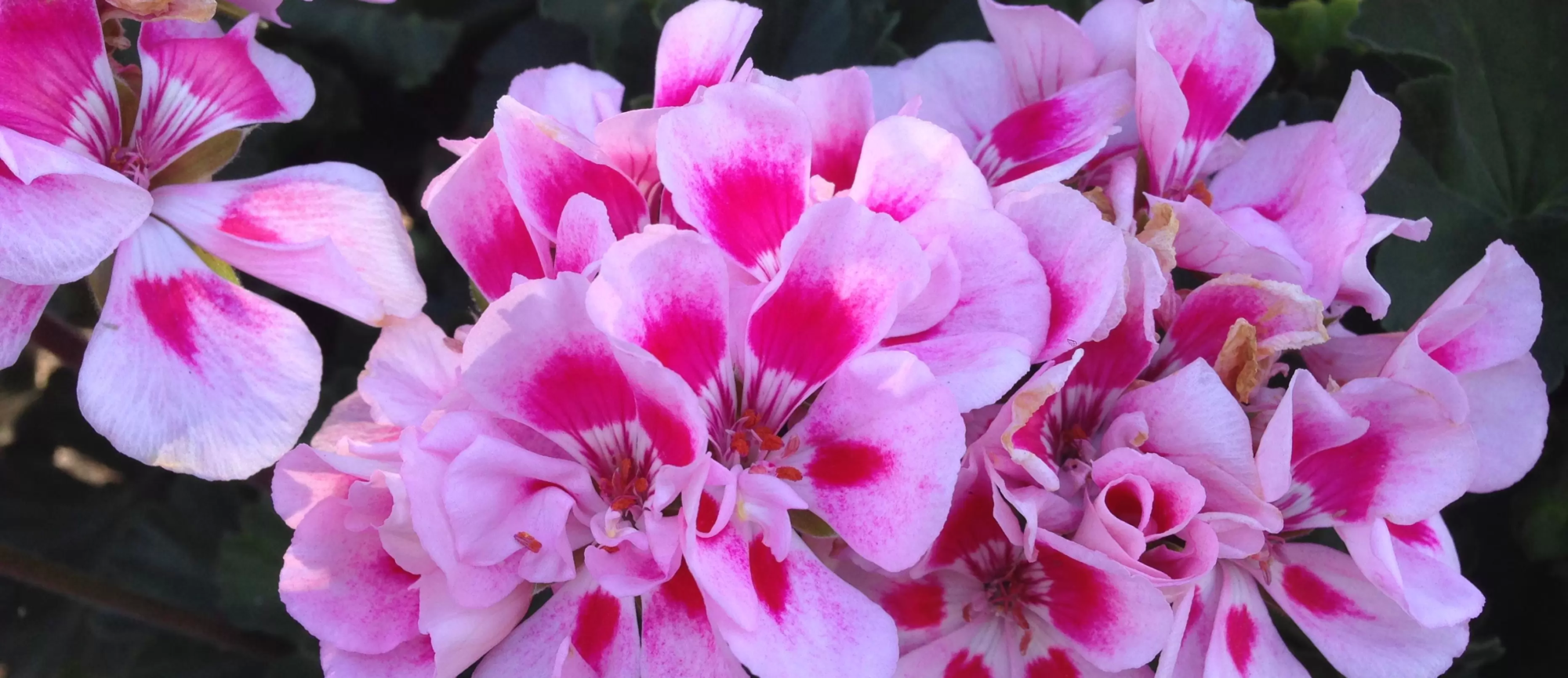
Throughout history, the geranium has rapidly established itself as a perfumery staple.
First in ancient Egypt, where it was considered a divine floral fragrance.
As much for the beautifying virtues attributed to it as for its bewitching fragrance.
And that was about it until the 19th century, when it was first distilled by French chemist César Auguste Recluz.
There were two reasons why its cultivation became so widespread in the Grasse region.
Firstly, to replace an emblematic flower, the unique Rosa Damascena, which was becoming as rare as it was expensive.
The geranium thus became a credible alternative to the Rose, with similar notes, both round, sweet and flowery.
Secondly, it became indispensable for reproducing ferny notes.
In fact, even today, we don’t know how to create a fougère note other than by mixing several natural materials, or simply by copying it synthetically.
And geranium is the leading ingredient in this respect.
Finally, it’s worth noting that his fragrance is primarily used for men’s creations.
Astonishing, isn’t it?
Geranium is also a generous and wonderful material for treating everyday hurts.
It’s a material that can do everything, or rather do everything well.
A whole page wouldn’t be long enough to list its properties, but we’ll let ourselves be tempted.
It is tonic, antiseptic, astringent, antifungal, healing, antibacterial, haemostatic, anti-infectious, anti-inflammatory, liver stimulant, lymphatic stimulant, tranquilizer, nerve soother, repellent, et cetera, et cetera.
Above all, it’s one of the rare essential oils to act physically on the body, in the same way as a hormone.
A skincare must-have!
Yes, it is! Surprising as it may seem, the geranium can be used in cooking. Although it may not seem obvious at first glance, its leaves and flowers are perfectly edible. As a matter of fact, in Victorian times, it was not uncommon to find geranium leaves to decorate the table… which could be nibbled without embarrassment. More commonly, the plant is found in North Africa, where its leaves are used in salads and to flavor desserts (pastries, ice creams, jams, teas).
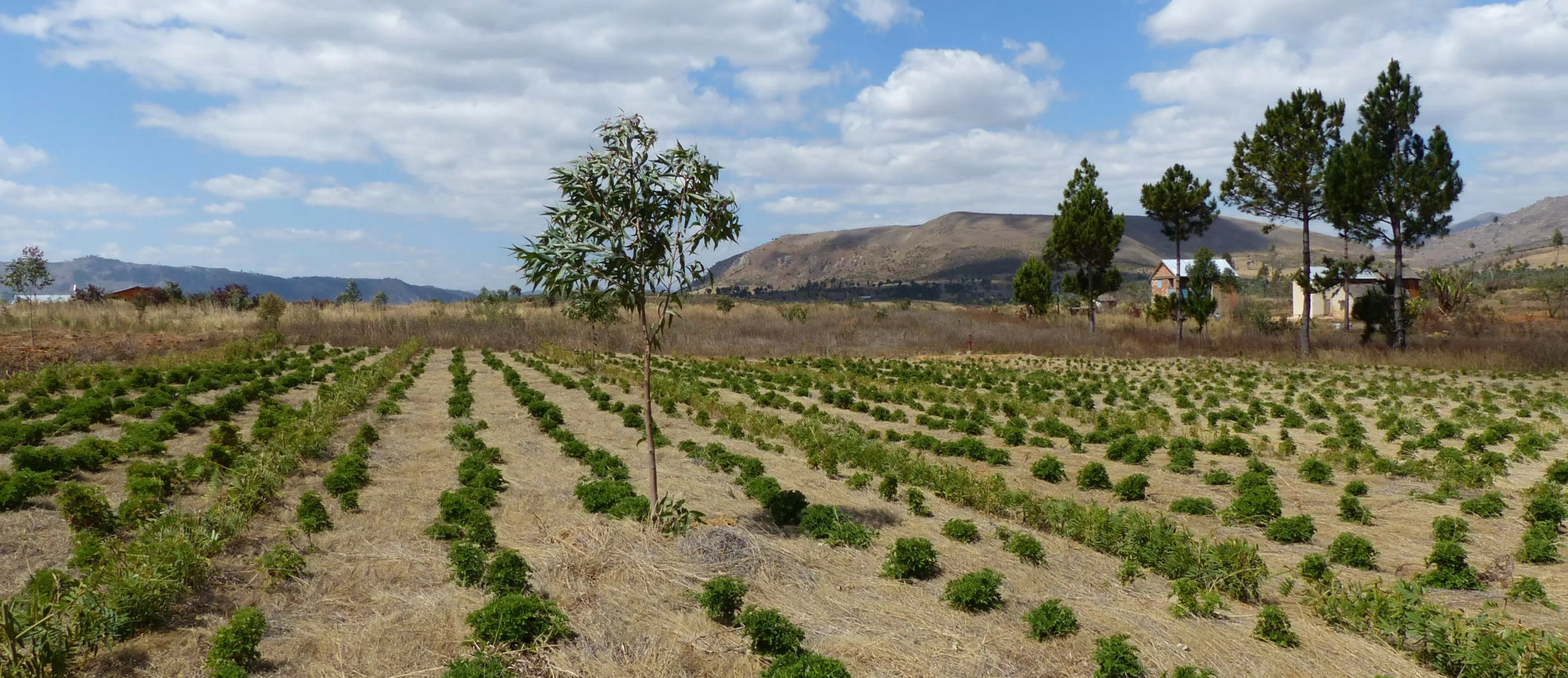
Let’s start by recalling the context.
Madagascar is an extremely poor country, plagued by permanent political instability and high levels of corruption.
It is also faced with the massive and growing plundering of its natural resources.
And although the island was once largely covered by forests, the situation today is alarming.
It is estimated that forest now represents only 7% of the total land area.
And the trend is still not towards reforestation – on the contrary.
An entire ecosystem is in peril, even though Madagascar has one of the highest rates of endemism on Earth.
We could just cry about it, but many local players have decided to take action.
Such is the case of the Cœur de Forêt association.
Geranium bourbon is no exception.
Worse still, a victim of its own fame, it has been massively cultivated in recent years, and despite its perennial properties, the plant ends up withering away after 2 or 3 years.
As a result, new shoots have to be planted regularly to keep the species going.
Unfortunately, not everyone plays the game, and many crops are abandoned or plundered.

Working with Cœur de Forêt and developing the plant through its essential oil means developing an economic alternative to deforestation.
It also means protecting the Antsirabe region, rich in magnificent biodiversity.
In a few figures, the chain means experimentation work on 7 hectares of agricultural plots, 1 new cooperative of 10 producers every year (with an equal share of men and women), over 50 producers benefiting, 2 cooperatives perfectly autonomous after 3 years, and added value generated by and for the producers.
A magnificent initiative supported by Le Sourceur, and one that continues to improve every year.
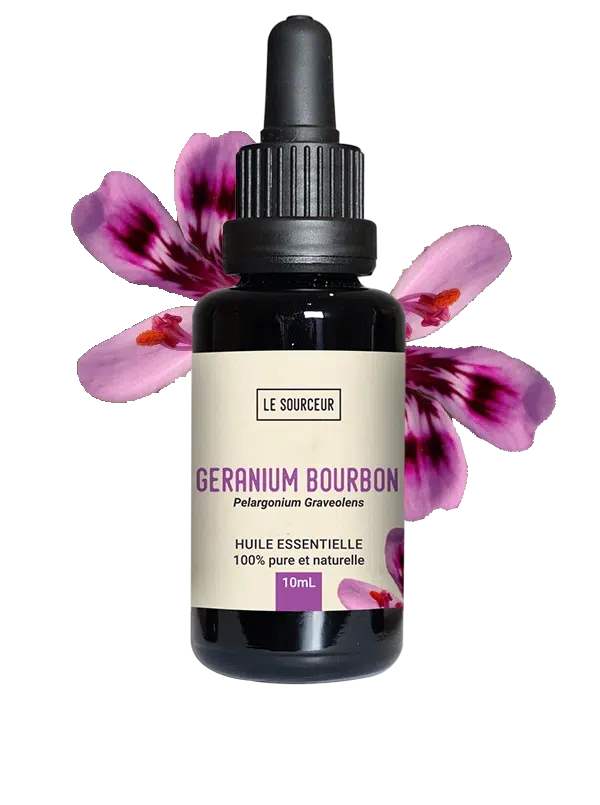
Annual Review – Project Madagascar – Antsirabe – Coeur de Forêt (available online) – 2021, 2020, 2019, 2018, 2017, 2016


 informations
informations  mon compte
mon compte  contact
contact Copyright © 2024 Le Sourceur. Tous droits réservés / Développement : Mrlsagency
 matieres sourcees
matieres sourcees  rejoindre la tribu
rejoindre la tribu